Late last year, it was widely reported that the Russian Federation (‘Russia’ for short) had claimed Mount Everest as its own, actually describing it as ‘Russian territory.’ This was reportedly according to a posting by the Russian Embassy in Britain on its Twitter account at 10:19 AM on September 11, 2017.
The tweet read “Good morning, Mount Everest, Russia…” – and included a picture of what was supposed to be Mount Everest. But, Mount Everest is nowhere near Russia – let alone being in/on Russian territory!
Besides, observers say, the picture displayed was not of Mount Everest, but of another mountain in Nepal, namely ‘Machhapuchhre,’ which is only 22,943 feet in elevation, compared to Everest’s 29,029 feet.
[For the grisly details, see ‘Russia has just claimed Mount Everest’ by Damien Sharkov, Newsweek.]
Never mind that the Embassy just as soon took down the tweet. But, my interest had been aroused no end and I took up the Everest issue to pass the time of day.
We’ve been told time and again by professors and other academics down the ages that ‘The Everest’ is the highest mountain in the world. The term ‘high’ describes something of ‘great vertical extent; tall, lofty, towering, high-rise…’
[On the other hand, ‘tall’ is about being ‘of great or more than average height, especially relative to width; lofty, etc…]
In the event, they claim that, for instance, Mount Everest (a.k.a. ‘Sagarmatha’/‘Chomolungma’) in the Himalaya / Mahalangur mountain range is the world’s highest mountain, rising to 29,029 feet ABOVE SEA LEVEL … And that there are “at least 109 mountains on Planet Earth with elevations greater than 7,200 metres/23,622 feet above sea level.
This puts Mount Kilimanjaro in Tanzania out of that range – standing as it does at only 5,895 metres/19,341 feet above sea level… But, never mind that for the moment…
…Except to say that some of the professors and other academics maintain that Mount Kilimanjaro – popularly known as ‘The Kili,’ and the ‘Roof of Africa,’ in the global tourism stakes – is deemed to be the highest STAND-ALONE mountain in the world.
In that sense, The Kili ‘beats’ The Everest hands down in the elevation stakes. But, this is only because – while The Kili is just a lone structure incorporating the Kibo/Uhuru Peak (5,895m/19,341ft), Mawenzi/Hans Meyer Peak (5149m/), and the Shira Ridge/Johnsell Point (3,962m) – the Everest is crowded out of the race by being only one out of several ‘closelyknit’ peaks along the 1,500-mile long Himalayas range that is made up of some 30 mountains, nine of which are among the world’s highest peaks.
These include the K2/Mount Godwin- Austen (8,611m/28,251ft); Kanchenjunga (8.5585m/28,169ft), and the 8-summit Karakoram, all exceeding 7,500 meters each. By the way, ‘Himalaya’ is a Sanskrit term for ‘Home of Snows!’ So, what do the professors and other academics mean when they seek to distinguish mountains by whether they stand alone, or are in a mountain range of several peaks?
Also, what is this thing about mountain peaks being ‘above sea-level? They call it ‘ordnance datum (OD), meaning “a vertical datum used in ordnance surveys as the basis for deriving altitudes on maps,” usually using ‘mean sea level’ (MSL) as a basis.
But, if ‘sea-borne’ mountains were to be measured from their foundation below sea level, then Mount Mauna Kea in Hawaii would be the world’s highest mountain – rising as it does about 10,203m (33,474ft) from the Pacific Ocean floor!
As it is, however, professors and other academics tell us that Mauna Kea only stands at 4,207m (13,802ft) ABOVE SEA LEVEL… Get that? I don’t…Oh, I don’t know… But, more on The Kili and The Everest…The former sits on some 388,500 hectares of (perhaps) prime land, while the Himalayas stretch from eastern India to Pakistan, along 1,500 miles of (perhaps) prime land and across the six Asian countries of Nepal, China, Afghanistan, Bhutan, Pakistan, and India.
Also, while the Everest was successfully ascended only 65 years ago – in 1953– by New Zealander Edmund Hillary and the Nepalese Sherpa Tenzing Norgay, the first ascent of Mount Kilimanjaro was made 129 years ago!
The German Geology Professor Hans Meyer (1858-1929), the Austrian teacher Ludwig Purtscheller (1849-1900) and an 18-year old local called Yohana/Johannes ‘Kinyala’ Lauwo (born circa1871; died May 10, 1996), were the first people to reach the Mount Kilimanjaro summit on October 5, 1889.
We are also told that about 4,000 people had ascended to the Everest apex by year-2012. [The Telegraph: April 18, 2014]. However, the actual number of successful ‘conquerors’ of Mount Kilimanjaro is not generally known. But, we are told by professors and other academics that some 35,000 people attempt to climb Kilimanjaro every year… Sheesh!

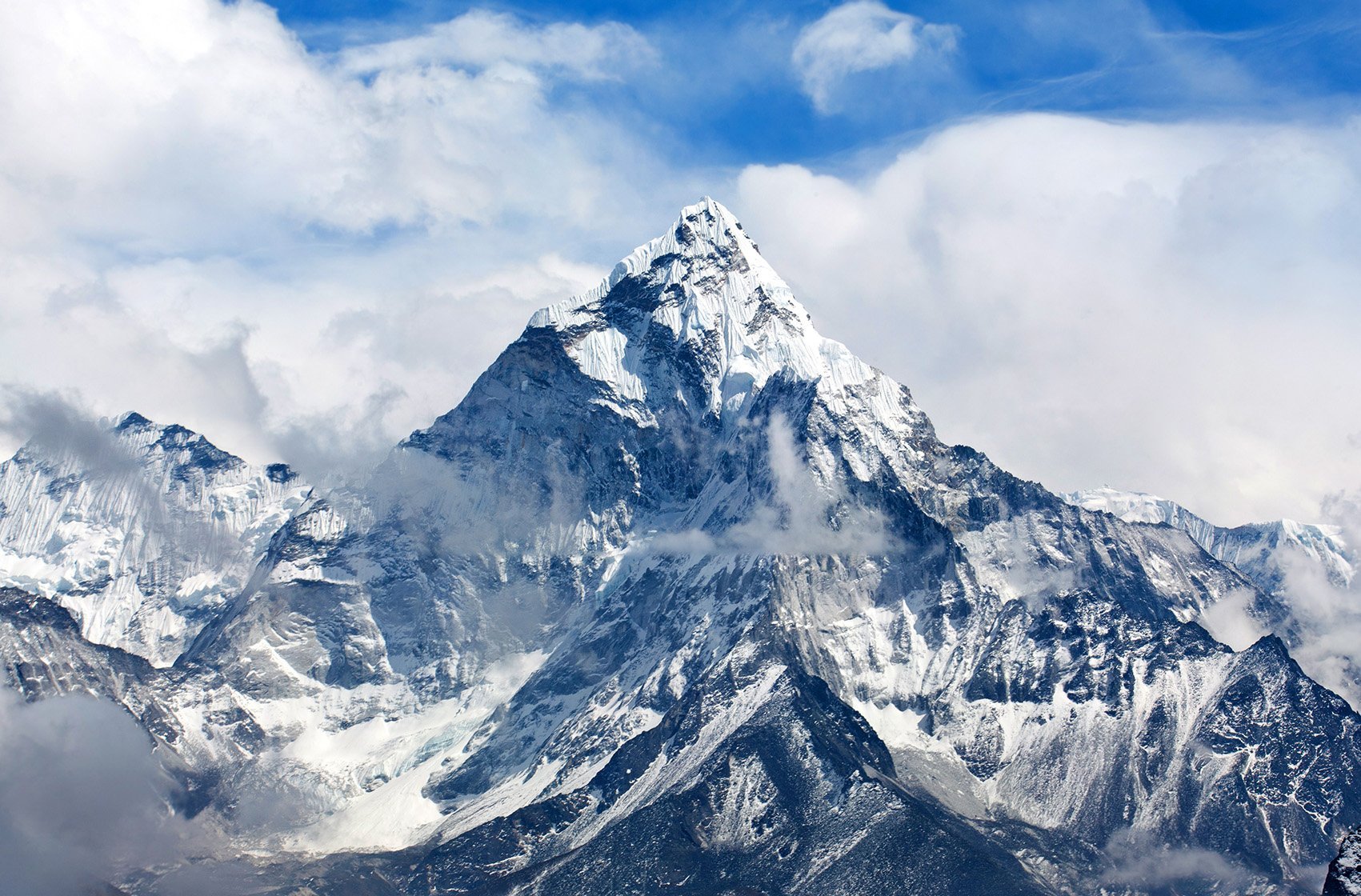




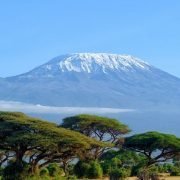
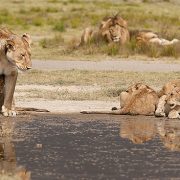
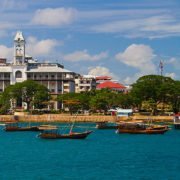





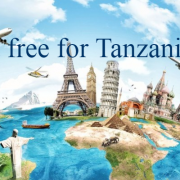

Comments